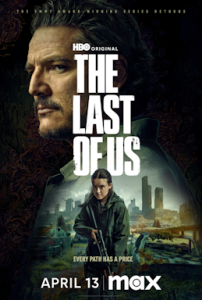Interview with a Pro: Caitlin Moran
Caitlin Moran is a community engagement editor for the Seattle Times. She attended Portland University to study journalism and worked as a reporter and editor for her college newspaper.
Moran had an early interest in the field of journalism.
“I was actually already interested in journalism before I started college,” Moran said. “Growing up, I always loved to write and I served as copy editor of my high-school newspaper. In college, I worked as a reporter and editor for the student newspaper, and the experience helped me develop a passion for reporting as well as writing and editing. Specifically, I was exposed to many of the ideas behind the First Amendment and got a taste of how the press can make an impact on a community.”
Experience from her college’s newspaper put Moran on the right track.
“ I had a pretty good idea that I was going to pursue something along the lines of journalism, but I would say my experience at the college newspaper directed me to a traditional newspaper role versus public relations or publishing or something else like that,” Moran said.
Moran has much more than just one job in a typical day at the Seattle Times.
“As a community engagement editor, I spend a big chunk of my day interacting with readers,” Moran said. “When I arrive in the morning, I’m typically focused on how the morning blog post for my section is performing traffic-wise and thinking about whether there is anything I can do to get it in front of more people. I also write a round-up of education-related stories for our blog in the afternoon. The rest of my time is filled with editing guest opinion columns, planning special projects and helping our reporters maximize their online content by selecting good visuals, including questions for readers, etc.”
Social media has forever changed the world of journalism, but affects some journalists more than others.
“Social media has changed some journalists and some publications more than others,” Moran said. “For me personally, I see social media as a key engagement and distribution tool. A big part of my job is making sure our education-related content gets to the right audience, and social media can be a very helpful way to do that.”
In her opinion, Moran’s most interesting story so far was about two Pennsylvania cops cracking a local case.
“At my last job, working for Patch, AOL’s network of hyperlocal websites, I wrote a story about how two local cops who helped crack a child abuse case in Pennsylvania,” Moran said. “I found out this happened by reading the daily arrest log and following up with the police spokesman to ask questions. I think it’s a great example of how you have to be proactive and very observant as a reporter.”
Working for a major newspaper was one of Moran’s early goals.
“Early on, I’d say that [working for a major newspaper] was one of my goals,” Moran said. “The media landscape has changed so much in the past few years, however, that I’m not sure I’d say ‘working for a major newspaper’ is what brings me into the office in the morning. The Seattle Times is working very hard to serve our digital readers better, and I’m proud to be part of that effort.”
Moran shares what she thinks is the most important aspect of journalism.
“Making a connection with readers and establishing why they should care about your story or coverage [is the most important aspect of journalism],” Moran said.
You can read Moran’s story on the two Pennsylavania police officers who cracked a child abuse case here.







